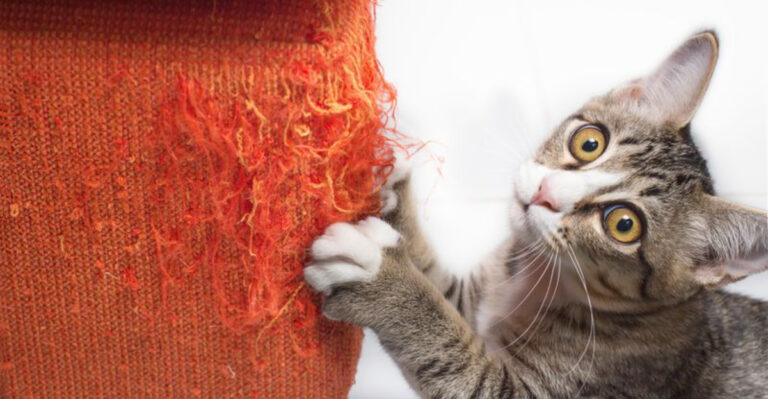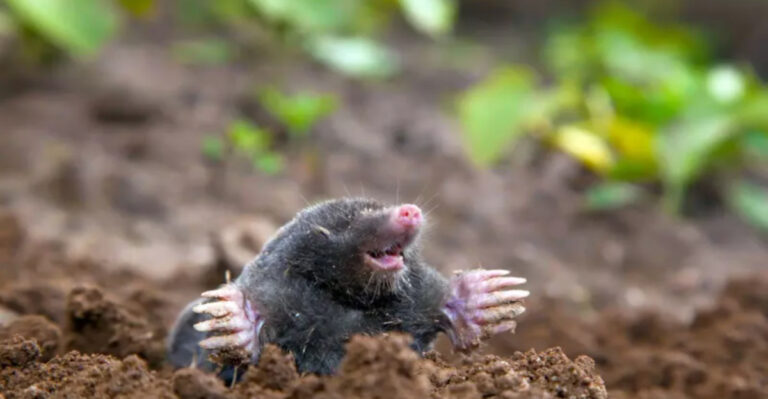Why Coyotes Are Moving Into American Suburbs
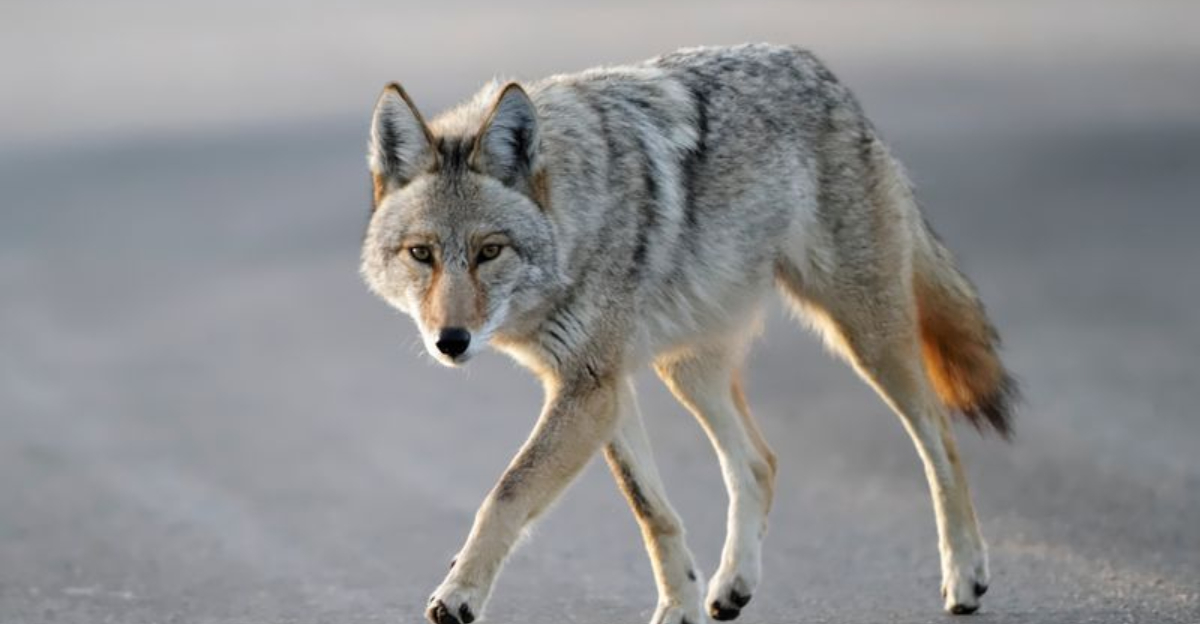
Coyotes are becoming a familiar sight in American suburbs, surprising many homeowners who never expected to share their neighborhoods with these clever predators.
These adaptable wild canines have found ways to thrive alongside humans, despite our efforts to keep wildlife at bay.
1. Loss Of Natural Habitat
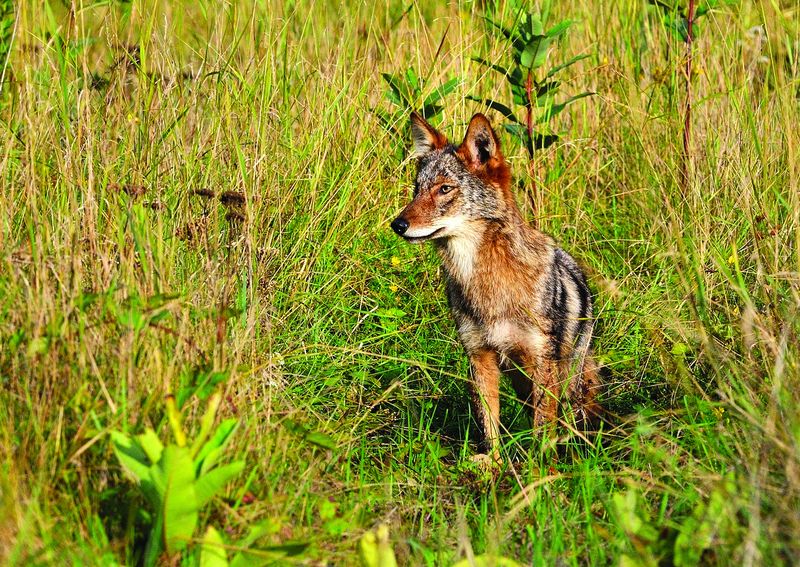
Construction bulldozers have transformed forests and grasslands where coyotes once roamed freely. As housing developments expand, coyotes find their territories shrinking dramatically.
Many have nowhere else to go but into the newly built neighborhoods. The transition happens gradually, with coyotes testing suburban boundaries before permanently settling in areas that were once exclusively their domain.
2. Buffet Of Food Options
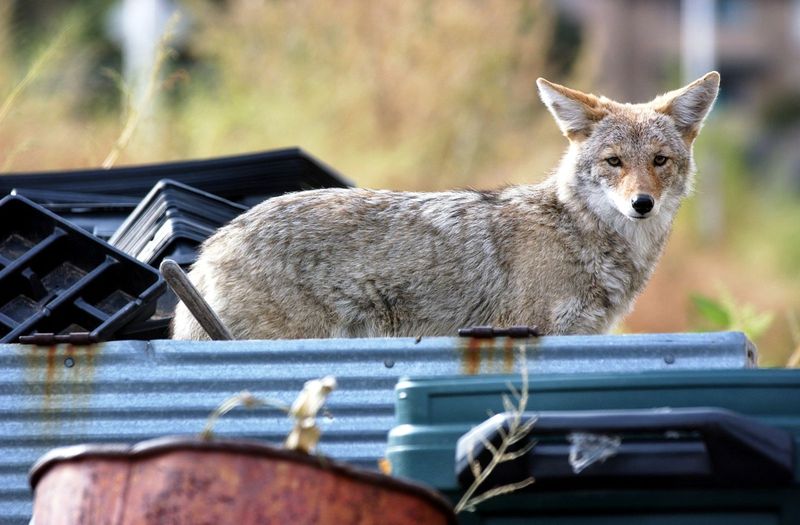
Suburban neighborhoods offer coyotes an all-you-can-eat buffet that’s hard to resist. From unsecured garbage cans to garden vegetables and fruit trees, food sources are plentiful and diverse.
Small pets, rodents, and rabbits provide protein, while bird feeders attract squirrels that become coyote snacks. Even discarded fast food and compost piles become midnight meals for these opportunistic eaters.
3. Safety From Larger Predators

Moving to the suburbs gives coyotes a break from their natural enemies. Wolves and mountain lions rarely venture into human neighborhoods, creating a relatively safe zone for coyotes.
Without these larger predators keeping them in check, suburban coyote populations can grow unchallenged. This relative safety allows them to establish territories with less competition or threat from animals that would typically hunt them in wilderness areas.
4. Humans Pushing Into Wildlife Territory

Coyotes didn’t necessarily choose to move in with us. Often, we built our homes directly on their ancestral hunting grounds. As suburbs expand outward, they frequently overlap with established coyote territories.
Rather than abandoning their homes entirely, many coyotes simply adapt to the new landscape. They learn to navigate around human structures while maintaining as much of their original territory as possible.
5. Fewer Competitors For Resources

Suburban environments lack the diversity of predators found in wilderness areas. Without wolves, bears, and mountain lions competing for the same food sources, coyotes essentially get upgraded to top predator status.
This ecological vacancy allows them to access prime hunting spots without challenge. Coyotes quickly learn that suburban living comes with fewer threats and less competition, making these human-adjacent areas increasingly attractive.
6. Master Adaptability Skills

Coyotes possess remarkable flexibility in their behavior and diet. Unlike specialized predators, they can eat almost anything from fruits to rodents to pet food left outdoors.
Their activity patterns shift easily between day and night depending on human presence. This extraordinary adaptability means they can adjust to suburban living faster than most wild animals, learning neighborhood routines and finding hidden travel corridors between houses.
7. Reliable Water Sources Year-Round

Backyard pools, decorative ponds, and lawn sprinklers create a paradise for water-seeking coyotes. Natural water sources often dry up seasonally or during droughts, but suburban water features remain consistently available.
Garden hoses left dripping and pet water bowls on porches provide easy drinking opportunities. This reliable access to fresh water throughout the year makes suburban living particularly attractive during hot summer months when wilderness water sources become scarce.
8. Climate-Controlled Comfort Zones
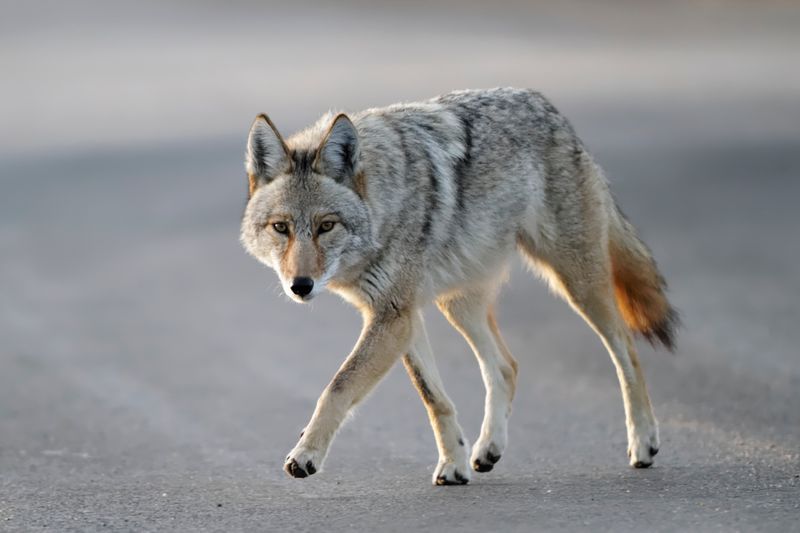
Urban heat islands create milder winter conditions that benefit coyotes tremendously. Concrete and asphalt retain heat, melting snow faster and creating warmer microclimates throughout suburban areas.
These temperature advantages mean less energy spent staying warm during cold months. The extra warmth also extends breeding seasons and increases pup survival rates, helping suburban coyote populations grow faster than their rural counterparts.
9. Booming Small Animal Populations
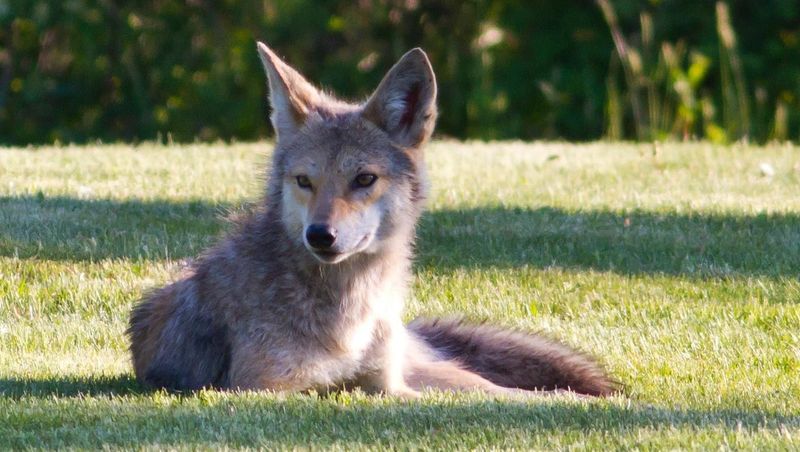
Suburban environments create perfect conditions for rabbits, squirrels, mice, and voles to thrive. Well-watered lawns and gardens produce abundant vegetation that supports these small animals year-round.
Bird feeders concentrate easy prey in predictable locations. For hungry coyotes, these rodent-rich neighborhoods represent hunting grounds even better than their natural habitats, providing reliable meals with minimal effort throughout all seasons.
10. Population Pressure From Rural Areas
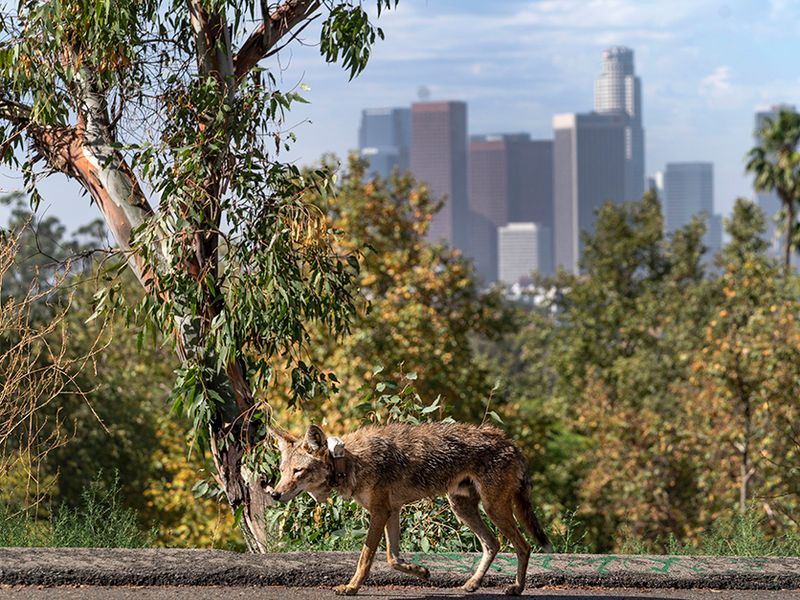
Success breeds success in the coyote world. As rural coyote populations reach capacity, younger animals must disperse to find new territories.
These nomadic youngsters often follow greenways and stream corridors that lead directly into suburban areas. Once they discover the benefits of suburban living, they establish new territories and raise families, gradually expanding the coyote presence in human neighborhoods.
11. Suburban Hunting Restrictions
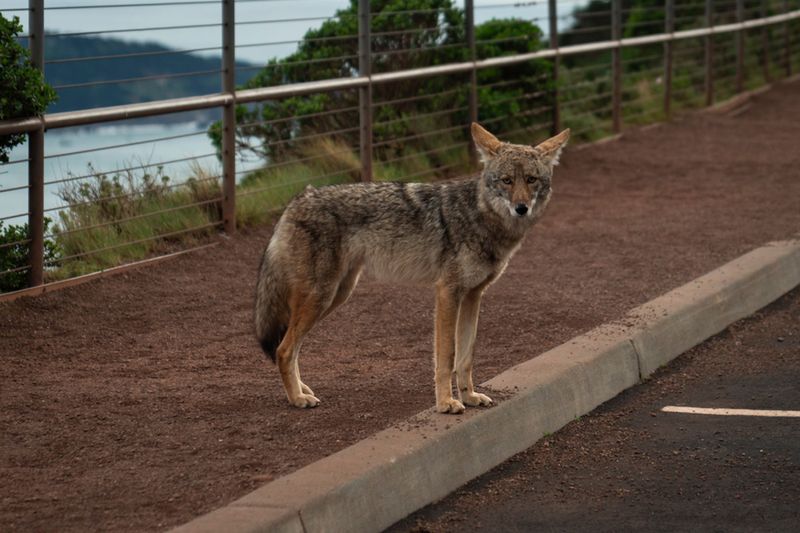
Discharge of firearms is typically prohibited in residential areas, creating safe zones where coyotes face minimal hunting pressure. Rural coyotes learn quickly about these sanctuary-like spaces.
Even in areas where hunting is allowed, suburban coyotes become nocturnal and secretive, avoiding human contact. This behavioral adaptation, combined with legal restrictions on hunting, creates protected pockets where coyotes can establish territories with significantly reduced risk.
12. Green Corridors Between Neighborhoods

Modern suburban planning often includes greenbelts, parks, and nature preserves that inadvertently create perfect travel highways for wildlife. Coyotes use these connected green spaces as safe passage between hunting areas.
Stream corridors, utility easements, and railroad rights-of-way provide additional hidden pathways. These interconnected green networks allow coyotes to move freely through suburban landscapes while remaining largely unseen by human residents.
13. Growing Human Acceptance
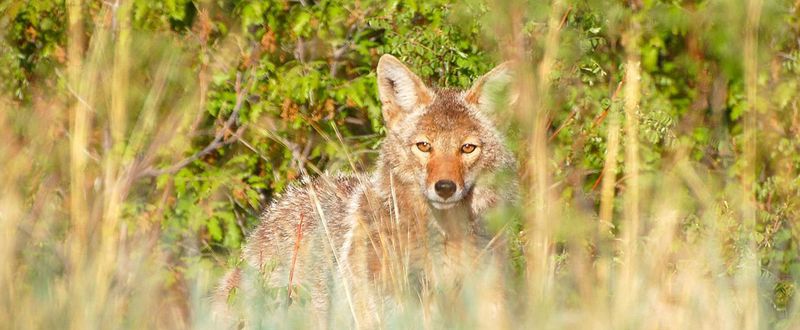
Public attitudes toward wildlife have shifted dramatically in recent decades. Many suburban residents now appreciate seeing coyotes as part of the local ecosystem rather than viewing them as dangerous pests.
Wildlife education programs have helped reduce fear and hostility. This increasing tolerance means fewer calls to animal control and less pressure on coyotes to leave. As communities become more accepting, coyotes find suburban living not just possible but increasingly peaceful.



